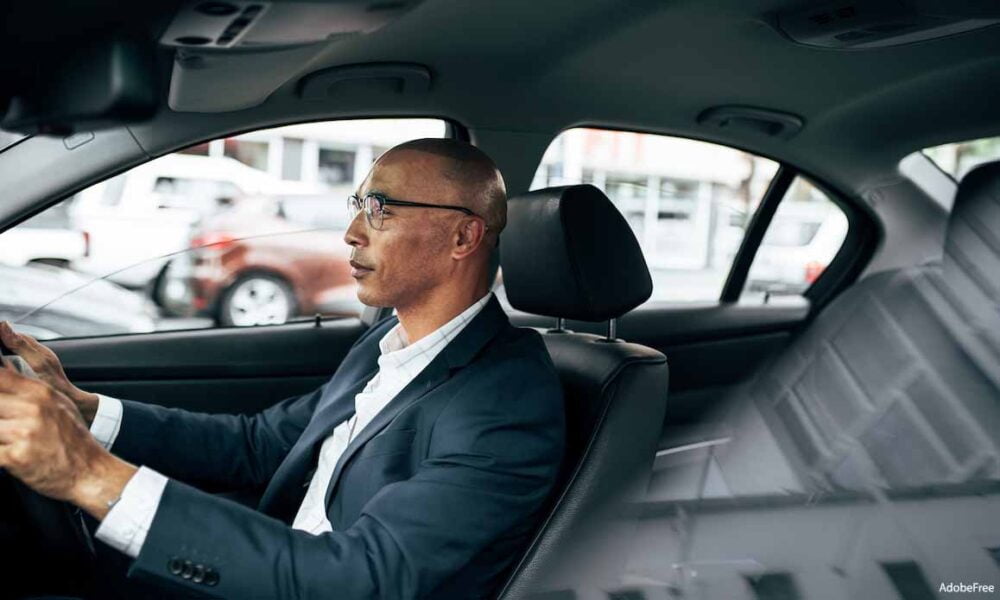General
Dos and Don’ts Of Safe Driving For Business

There is a saying: use it or lose it, and even the best vehicle drivers worldwide will be rusty and out of practice when they’ve had a break from driving, especially on busy roads.
The pandemic has disrupted business travel, and with the lockdowns, many of us who drive for work may be a little anxious about getting back behind the wheel. Not only do we need to get back up to speed with the vehicle, which may be a truck, lorry, van, or car, but we also have to navigate the roads filled with other drivers.
Since COVID-19, one statistic is positive – road deaths are down everywhere. Newstatesman reported in June 2020 that fatalities and severe injuries in the UK were down a whopping 70%. Zero deaths and injuries would be ideal but unrealistic, so how do we work towards much lower statistics for road fatalities going forward?
Here are some basic reminders to business fleet management leaders and owner drivers to avoid accidents that could be deadly.
Do Conduct Frequent Servicing
If you rely on an annual MOT to ensure your business vehicle is roadworthy, you are not necessarily driving safely at all times. At least one service per year ought to be carried out to ensure all the essential safety systems, such as seatbelts, hazard warning lights, and airbags, are in good working order. You never know when you may rely on them; they could save your life or your colleague’s.
Don’t Drive On Old Tyres
Tires get worn down over time, especially if you need to drive overexposed locations with more wear and tear from the road, such as the Yorkshire moors and dales instance. Ossett Tyre House says most local drivers experience some natural and unexpected hazards while driving, and avoiding an injury often comes back to the car and tires’ condition.
Tires that may still have enough tread to be street-legal may not always stop you in time if you are confronted with a hazard on the road. This is especially so in wet conditions, of course. Many Tyre shops are working diligently in local areas.
Do Keep Screenwash Filled Up
Some delivery drivers, mobile service providers, and sales reps will just hop into their company vehicle and get going without doing basic checks. One of the most important not to overlook when driving to work is the amount of screenwash you have. If you run into grimy roads, your windscreen can soon become hard to see. This is unsafe unless you have a screenwash to clean it. Of course, dirty windscreens also look unprofessional and dangerous.
Don’t Drive When Tired
Pushing employees to keep going on the road and get from one location to another without proper rest is dangerous. If possible, business travelers should share the driving, especially when they embark on a trip longer than usual. If you are traveling alone, pull over once every few hours to stretch your legs and refocus your mind before heading off.
Don’t Drive Under The Influence of Drugs or Alcohol
Whether you work for yourself as a driver or you’re employed and drive as part of your job, avoid alcohol intake altogether. Your first concern is the safety of yourself and others while you control a vehicle. Then there are the legal considerations, too.
Getting caught driving under the influence of drugs or alcohol may be grounds for termination of your employment.
Encouraging a responsible and sober approach to driving is crucial for maintaining a safe work environment, protecting individuals’ well-being, and upholding legal and ethical standards.
Do Equip Fleets With Safety Equipment
Too few fleet managers pay enough attention to their drivers’ safety equipment. Any vehicle used for business – from company cars to delivery vans – should be equipped with a hazard warning triangle in case of a breakdown. Employees should also have access to a high-visibility vest or jacket for the same reason. It is also a good idea to have a small fire extinguisher fitted to all company vehicles in a fleet in case of emergencies.
Don’t Ignore Dashboard Warning Lights
It can be tempting to ignore warning indicators until a company car is next booked for a service, especially if it seems to run fine. However, this is often a mistake in terms of safety and being a false economy. Check your car out at the next available opportunity if a dashboard light comes on.
Self Driving and Real-Time Tracking
While self-driving vehicles are beta testing, they will soon share the roads with us. Take away human error, and the number of accidents should drop (we hope). The pandemic has pushed back the timeframe for the mass release of driverless cars, but they are coming, and until they do, there are other ways to keep your fleet safe, like cameras and real-time tracking systems, to name a couple.









